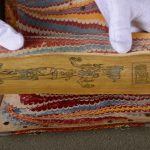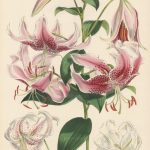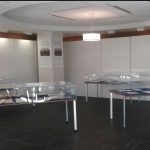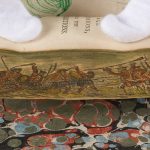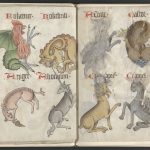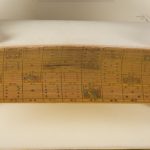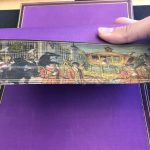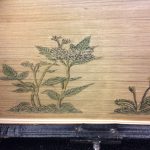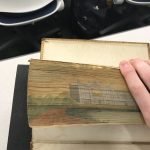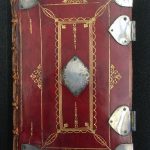Investigating the Owner of the Zodiac Book of Common Prayer
In further investing the books of common prayer, I wanted to learn more about Sir Simon Clarke who owned the book published in 1745 with the zodiac painted on the fore-edge. I quickly found that Simon Clarke is quite a common English name. However, I did find the biography of a Sir Simon Haughton Clarke… (read more)

